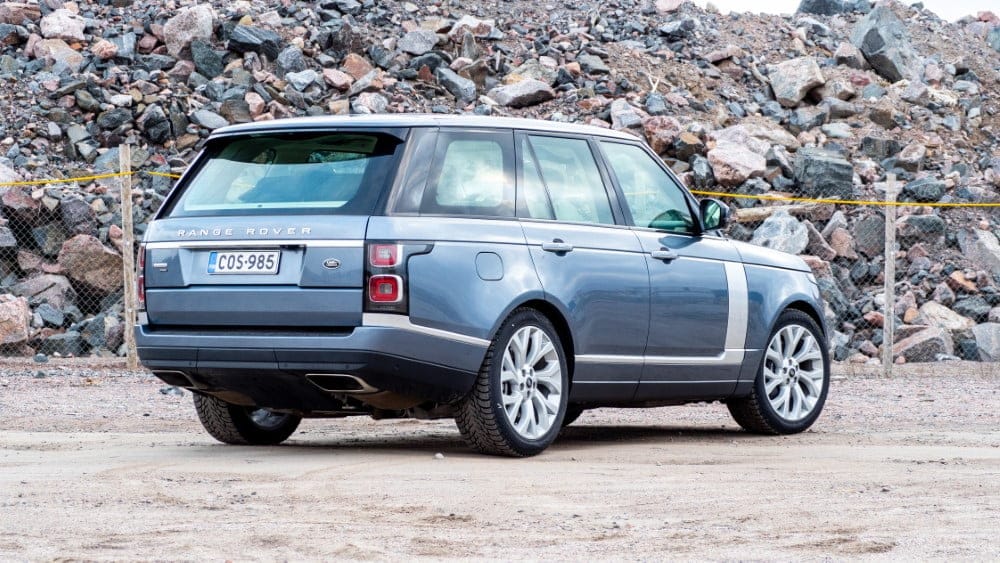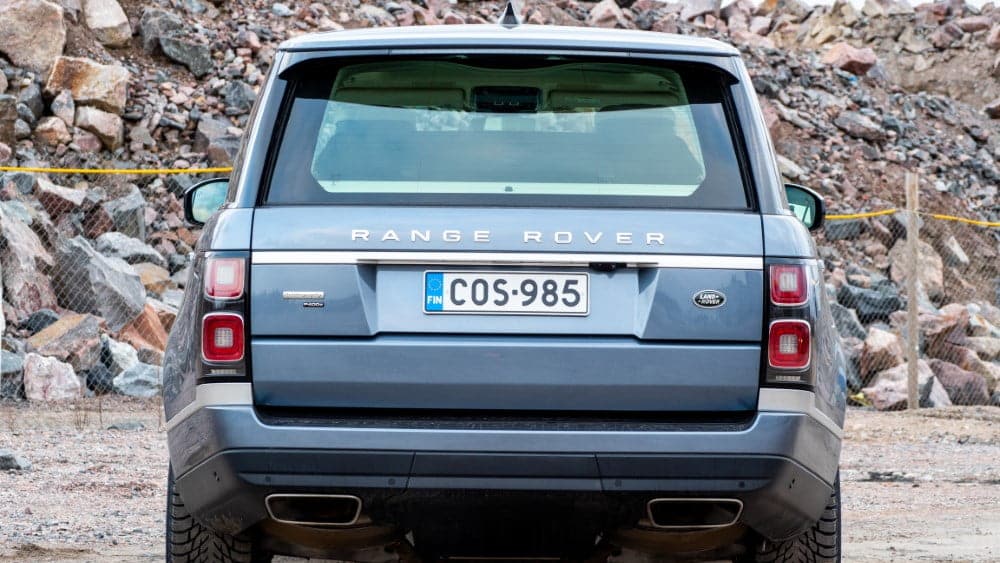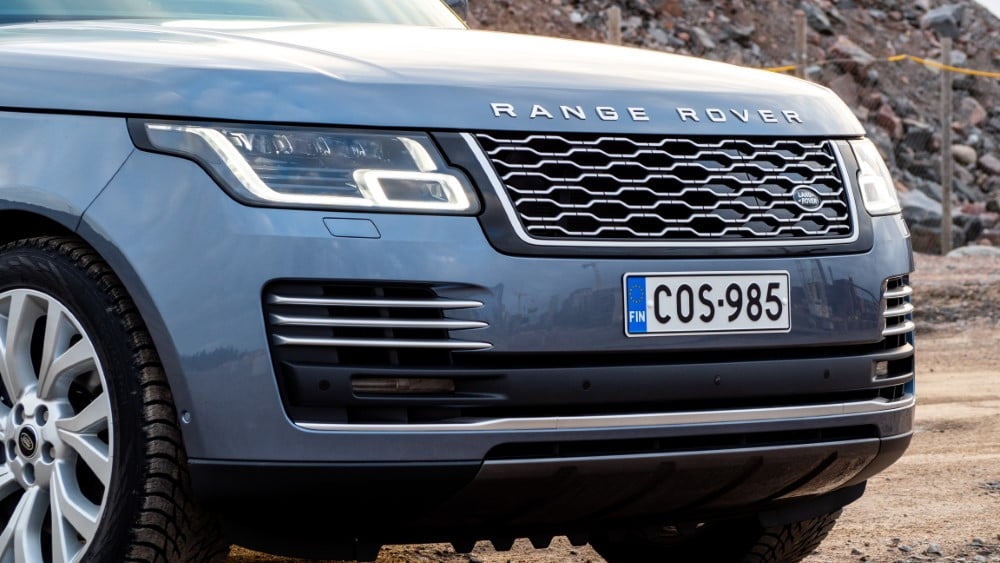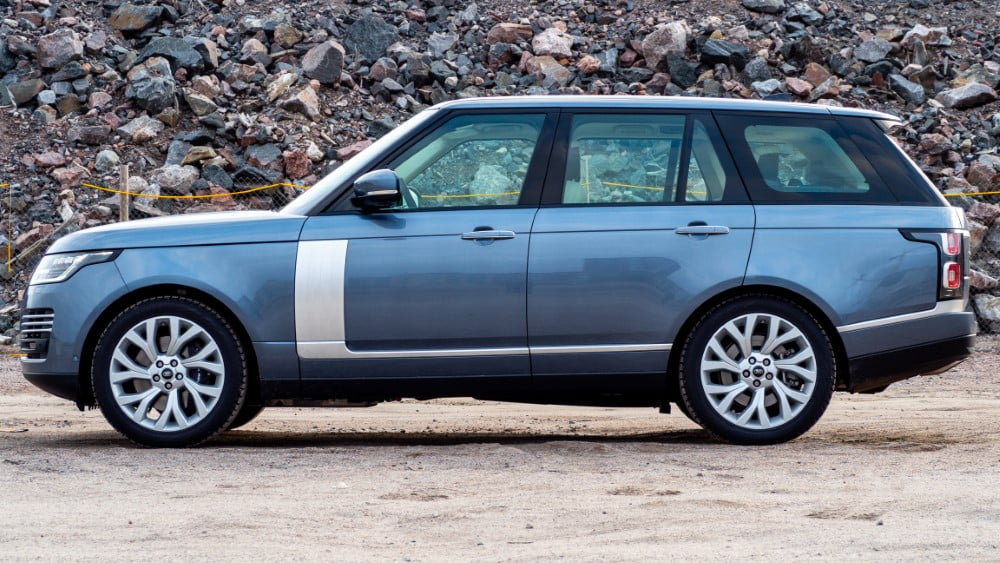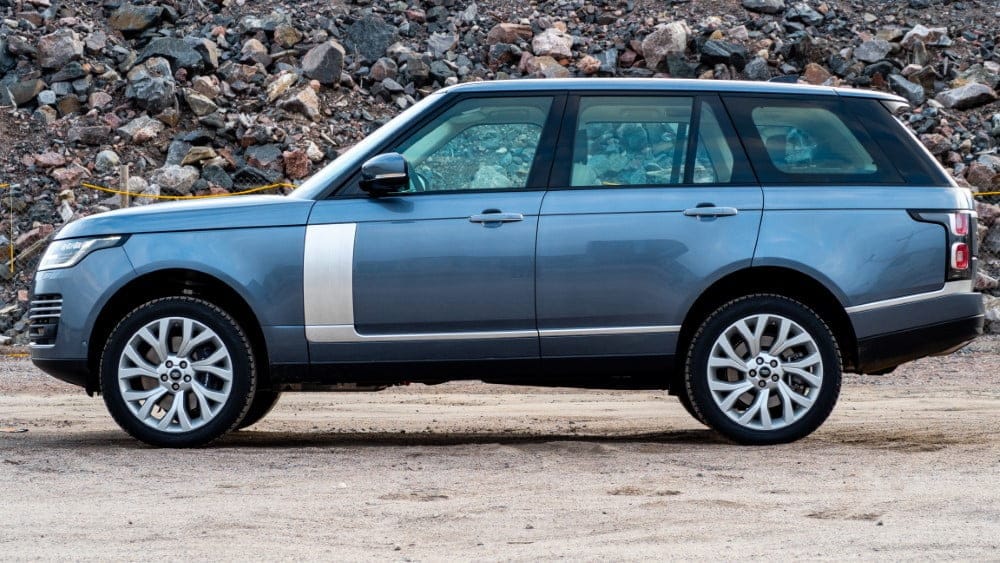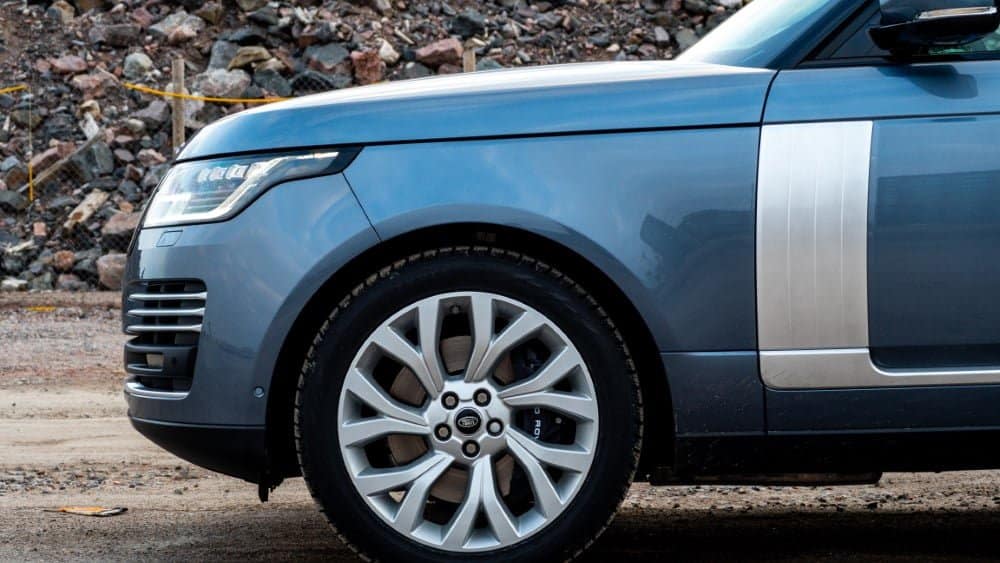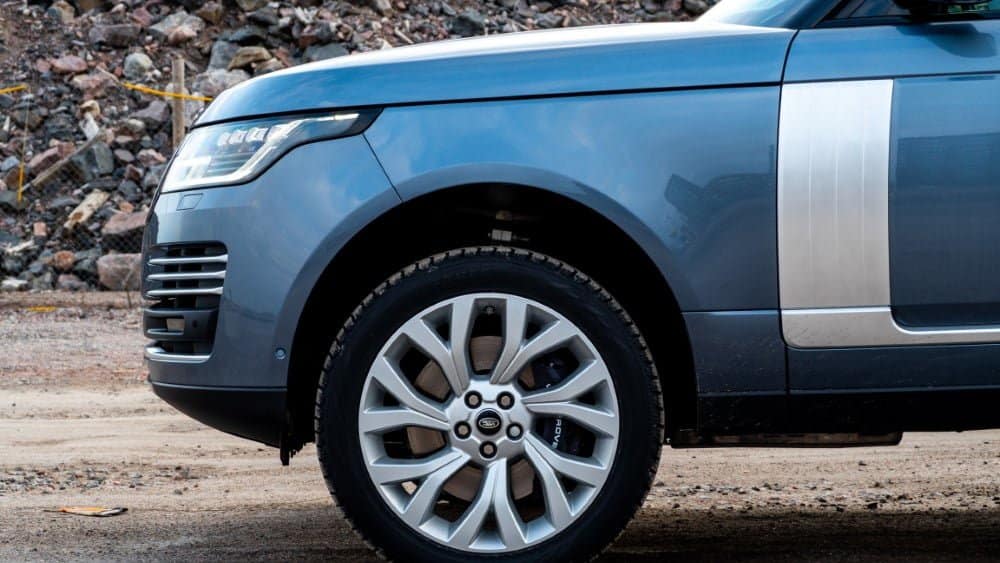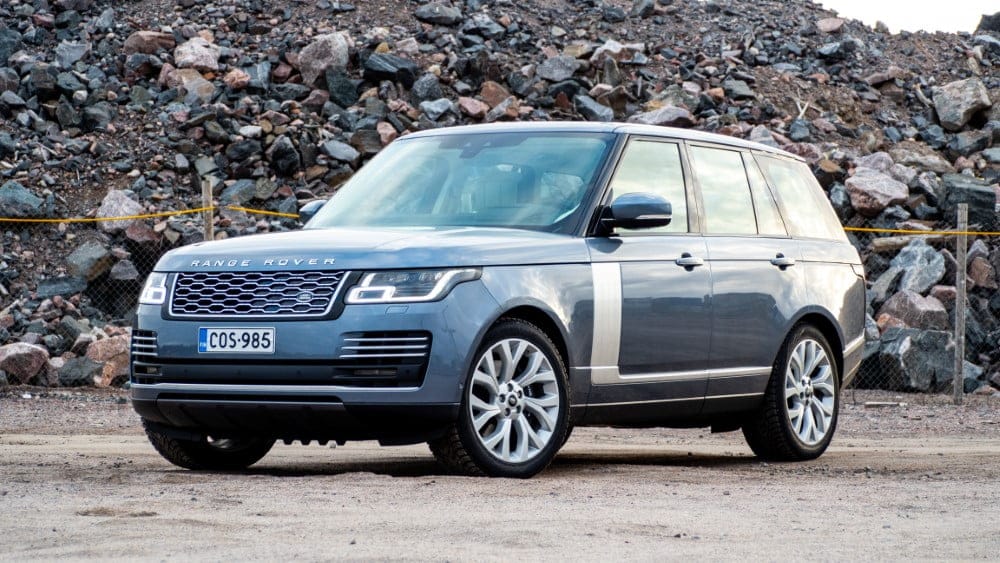With no shortage of spare change, a high regard for personal enjoyment and a car that demands uncompromising adaptability from one situation to the next, a big Range Rover is the natural choice to live up to those high expectations.
The large size allows for carefree, high-quality cruising, and the view out of the cabin is spectacular with the eyes set on the roofs of other passenger cars.
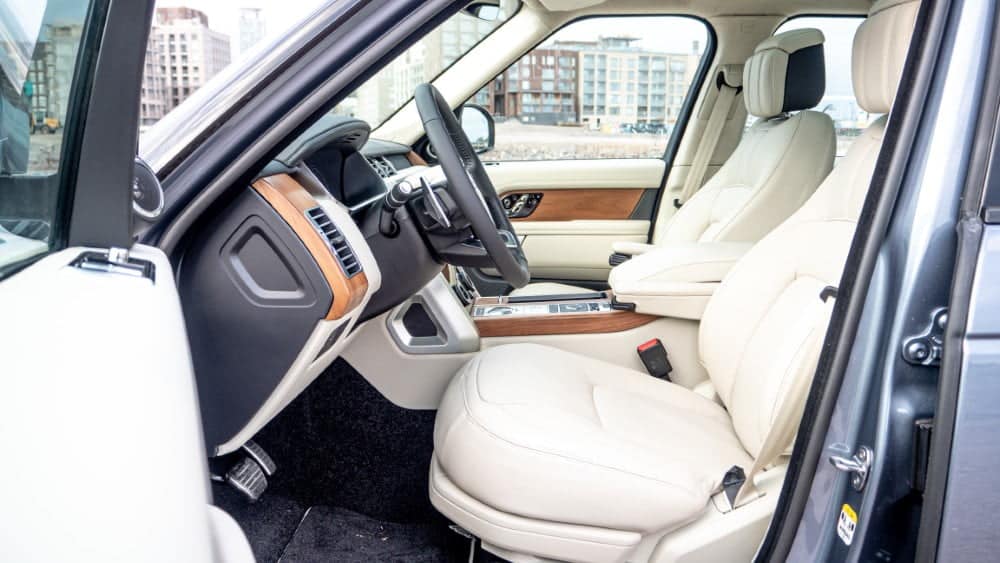
The luxury is palpable
Starting from a price starting at just under €140,000, you can well expect the interior panels to feel as they look. Wood is wood, metal is metal and leather is leather. The materials are not compromised.
The interior has a very refined and high-quality feel. The large exterior dimensions of the car allow the interior to be made supremely comfortable, with plenty of space in the front and rear.
The optional front and rear seat massage package adds the ultimate in relaxation by offering a hot stone massage in addition to the normal massage programmes.
The angular Range is an icon of off-road vehicles. The styling is timeless and straightforward. The body is made entirely of aluminium, with up to half of the material being recycled aluminium.
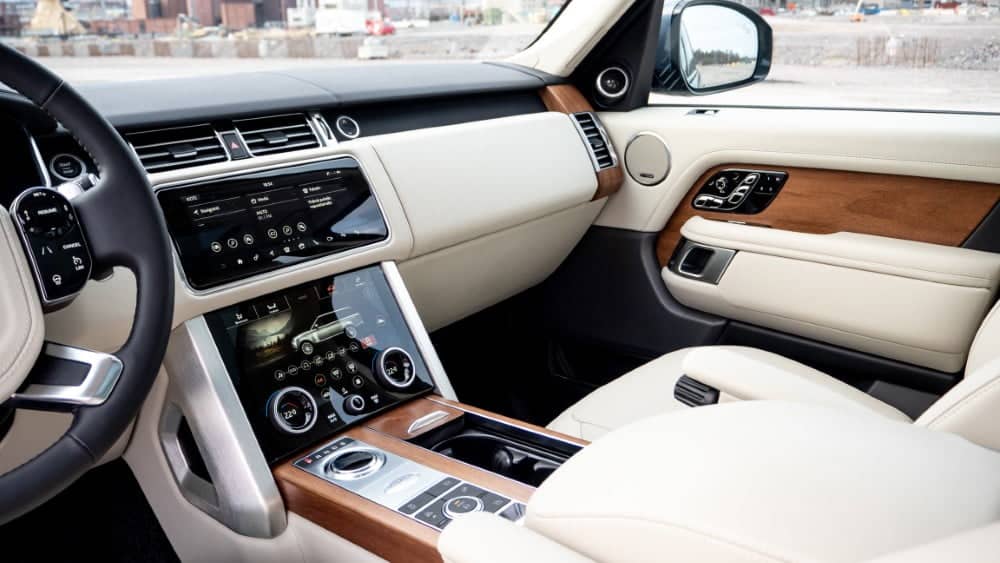
From the city to 90 centimetres of water
The car’s 2 500 kg curb weight and high centre of gravity, typical of an off-road vehicle, already set certain physical limits in terms of drivability. This largest Range Rover always comes with an air-suspended chassis as standard.
The height-adjustable chassis has a total adjustment range of 195 mm. The height of the chassis can be adjusted to suit different driving modes, but the chassis also automatically adjusts its own height. For example, from the normal setting (50 mm.), the car automatically lowers the height by 15 mm. to reduce drag when speed exceeds 105 km/h.
Among the driving programmes, Auto Terrain Response is the default setting when the car is set off. In this case, the car automatically adjusts the engine, transmission, chassis and differential.
In addition to Auto Terrain Response, the centre console’s rotary control makes it easy to select the required driving programme from a choice of seven other programmes. For example, there are separate driving programmes for grass, mud, rock-crushing and dynamic driving, making it easy to call on them when the situation changes.
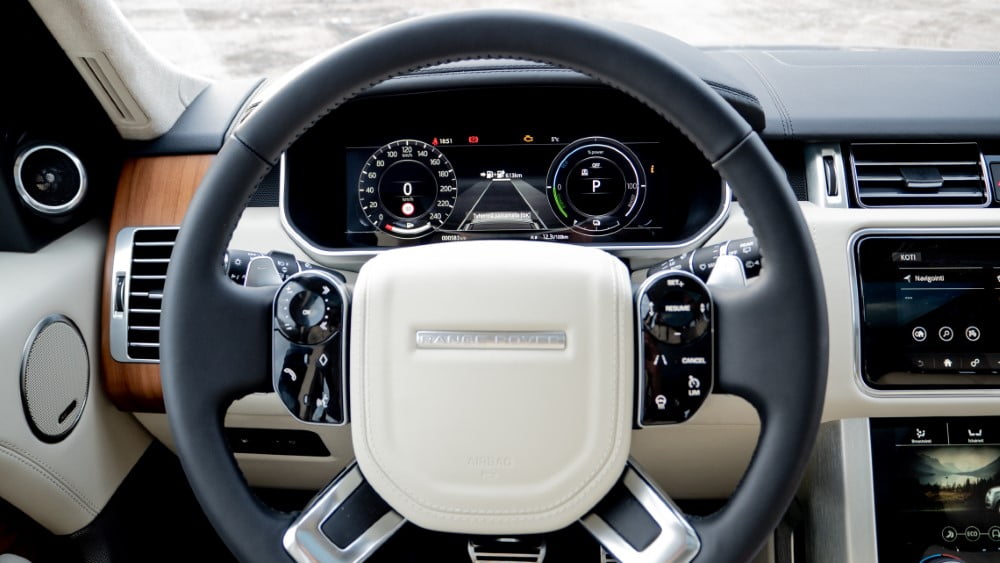
On the centre console, next to the drive program selector, there is a convenient chassis height adjustment button that makes it easy to raise or lower the chassis.
An impressive 900 mm wading depth is also found in the car’s features for crossing water. However, it’s certain that only a minority of people will ever encounter rock-crunching or crossing deeper water. Under normal driving conditions, the car manoeuvres effortlessly over a variety of road surfaces.
Behind the steering wheel, you can feel the mass and size of the car, but it stays on the road smoothly, even in the tightest bends. The soft 21-inch friction tyres are the first weak link in harder driving.
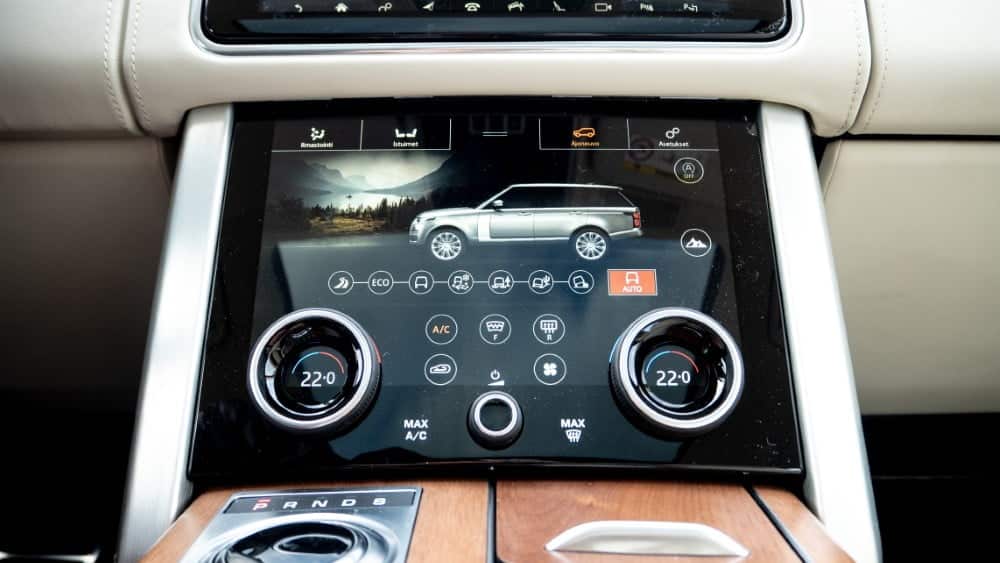
Electricity is good for the environment and your wallet
Hybrid technology has also come alongside Range Rover’s larger engines. The test drive was powered by a two-litre petrol engine combined with a 105 kW electric motor.
With a maximum combined power output of 297 kW or 404 hp and 640 Nm of torque, the big hatchback has plenty of power for a good ride. Zero to 60 km/h is achieved in less than seven seconds.
The car can run on electricity alone, petrol alone or both. When running on petrol alone, average fuel consumption in mixed driving ranged between 12.0 and 12.5 litres per 100 kilometres. A diligent battery charger can easily cut consumption by at least half.
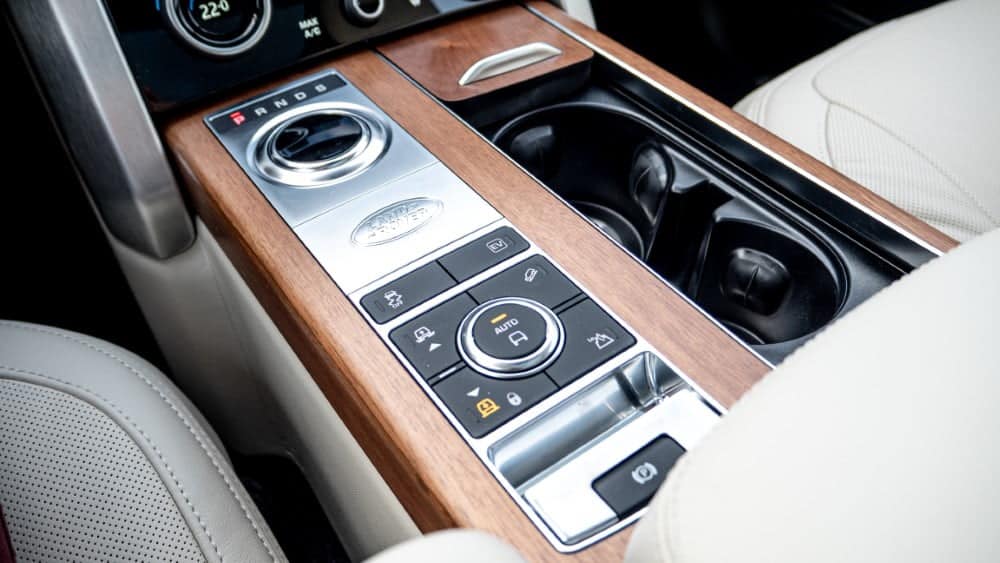
The car’s battery has a capacity of 13 kWh, which is advertised as enough for up to 48 kilometres on electric power alone. During the test drive, we did not have the opportunity to fully charge the battery and measure the actual maximum battery capacity.
With a more powerful home charging station, the battery can be fully charged in 2.75 hours at best. A normal household box takes around seven and a half hours to charge.
It is not possible to charge the battery with the help of the engine while driving. The battery is charged slightly while driving during braking and is always available, for example, to assist in starting the vehicle, even if the instrument panel shows a zero charge level.
The battery is mounted on the rear axle in this model, eating 42 mm off the boot height compared to other models. Despite this, the boot of this plug-in hybrid is still a comfortable 707 litres with all five seats up. With the rear seats folded down, the boot pulls in almost 1,700 litres.
The price range is huge across models with different engines and equipment levels. The test-driven P400e Plug-in Hybrid with the Vogue trim level has a starting price of just over €137,000, while the most expensive Autobiography with extended wheelbase V8 petrol has a starting price of over €400,000.
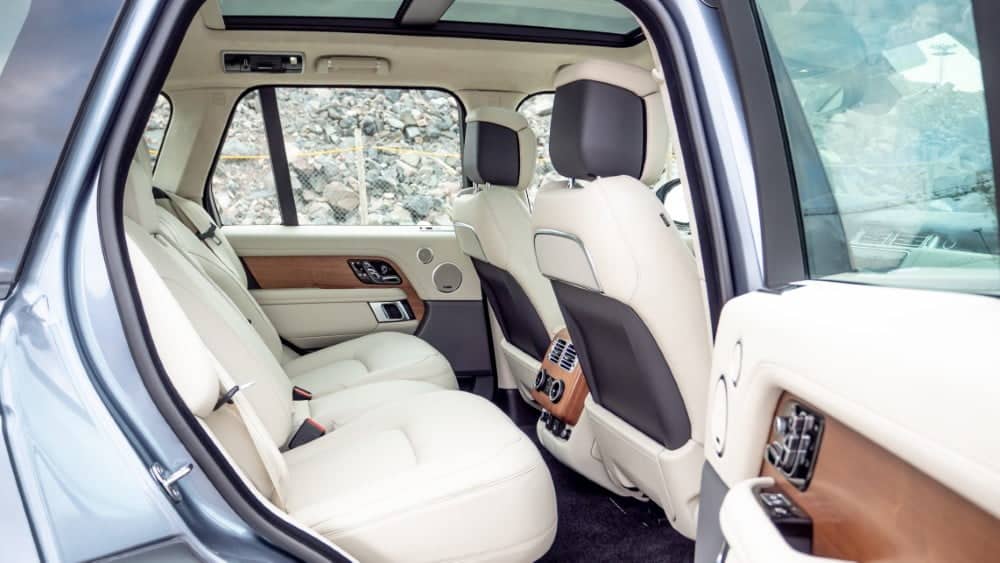
The electric motor can be found in the gearbox
The electric motor is housed in the gearbox, which enables electric driving, downshifting and continuous four-wheel drive in all situations, regardless of the power source.
The eight-speed gearbox, made by ZF, operates quite smoothly. Only during acceleration there is a slight delay between the power train and the gearbox.
Maximum towing capacity is a commendable 2 500 kg for this hybrid model. If that’s not enough, a Range Rover with a three-litre diesel, for example, offers a towing capacity of up to 3 500 kg.
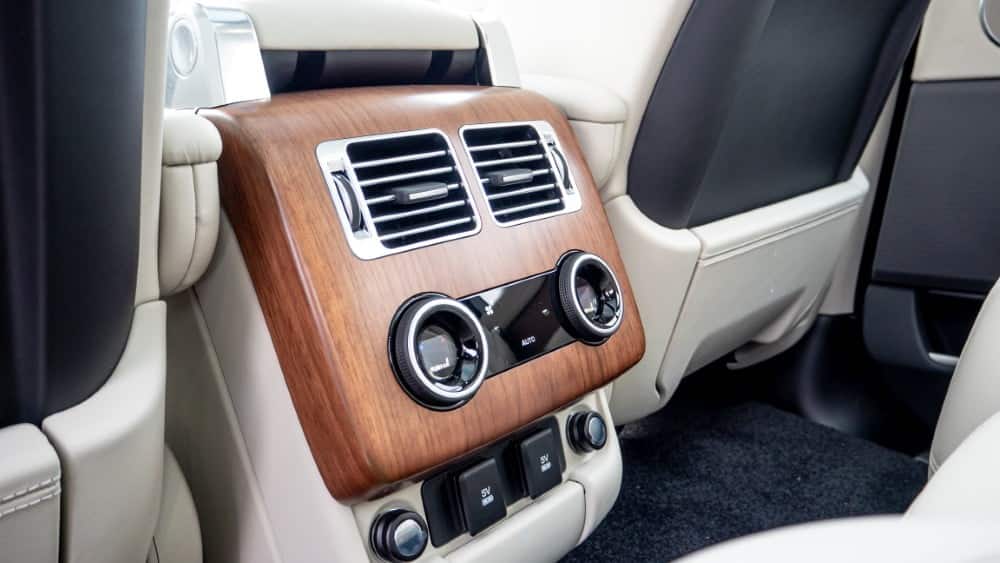
A workhorse that’s hard to change out of
Range Rover owners are a brand-loyal bunch. And no wonder, because there are fewer real SUVs of this level with genuine off-road capabilities combined with luxury and quality.
This plug-in hybrid offers customers old and new the chance to enjoy the authentic and familiar Range Rover quality without forgetting the importance of ecology and the climate.
It’s no coincidence that the Range Rover family, which turns 50 in June, has remained a global customer favourite for so long.

Range Rover P400e Plug-in Hybrid Autobiography
- Engine: 1997 cm³, 4-cylinder
- Electric motor power: 105 kW
- Electric motor torque: 275 Nm.
- Maximum power (petrol electric): 297 kW, 404 hp @ 5500 rpm.
- Maximum torque (petrol electric): 640 Nm. @ 1500-4000 rpm.
- Acceleration: 6.8 sec (0-100 km/h)
- Combined consumption: 3.3-3.8 l/100km.
- Driving battery capacity: 13.0 kWh
- CO2 emissions: 75-87 g/km.
- Drive mode: continuous all-wheel drive
- Maximum towing capacity: 2 500 kg.
- Starting price: €137 041 (P400e Vogue)
- Test drive: €170 222
